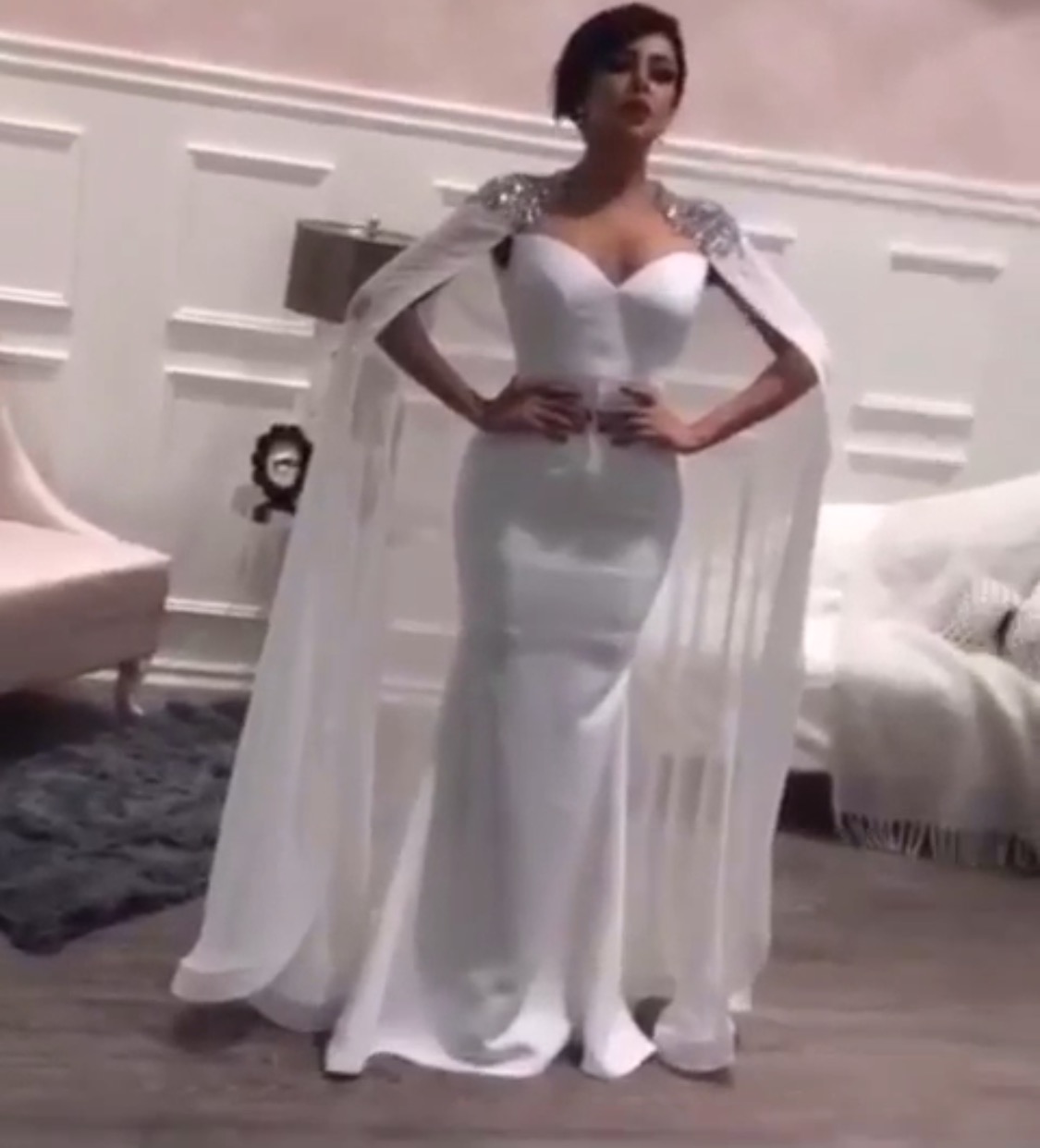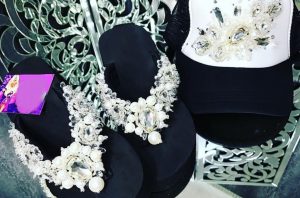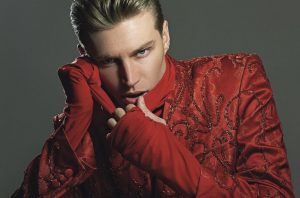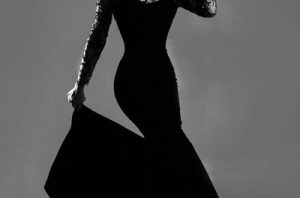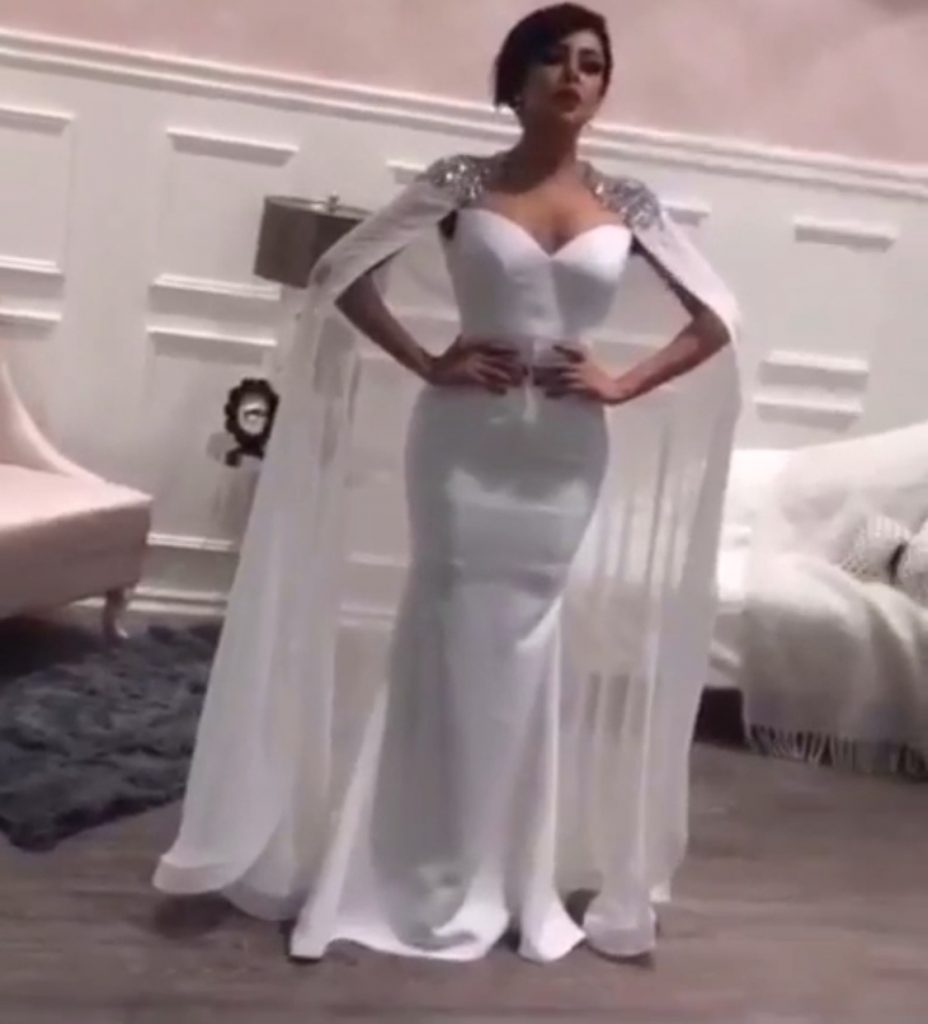
Luxury is classically defined in two key segments:
1) Luxury Goods: Fashion & Accessories, Watches & Jewelry,
Well-being & Beauty products
2) Lifestyle Purchases: Automotive, Experiential Travel, Home & Interiors, exclusive alcoholic beverages (read exceptional wines, champagne & spirits)
Brands Which Claim Authentic Luxury Status
Few brands can really claim the trademark of luxury. Those that do combine allure, sex appeal with pedigree and quality. Discounting is not part of their strategy and their entire raison d’être is geared to UHNW (Ultra High Net Worth).
Anyone in this business can rattle off the litany of names recognizable to most people:
Hermes, Chanel, Louis Vuitton, Bottega Veneta, Rolex and Cartier.
Other players to this core list include: Bentley, Rolls Royce, Gucci, E. Goyard, Charvet, Salvatore Ferragamo, and Bulgari.
Contrast the above lists with Daimler’s Mercedes-Benz. This firm has reduced its cachet ever since it introduced the entry levels A, B Classes respectively and the SMART car.
The firm also does not hesitate to harness frequent promotions to boost sales revenues. This type of strategy is pursued when the board is under pressure from stakeholders to tap what is referred to as affluent consumers of the mass market. DPI (Disposable Personal Income) of this segment is over $100,000.
Because of this strategy such brands can no longer be considered as “luxury” in the true meaning of the term.
Genuine luxury purveyors should remain relatively small and select in their industry. Wealthy consumers purchase luxury products because they seek to distance themselves from the massthrough the emotional value of acquiring flawless and rare objects of desire
Luxury service brands follow a similar pattern. On the basis of my expertise and experience I would list Hotel de Crillon, Hotel Plaza Athenée, Ritz Carlton, and Hotel du Cap. All these hotels provide the perfect luxury experience of outstanding service, exclusivity, and pedigree.
Identifying department stores is a bit more tricky considering the makeover of this retail concept in the last 15 years. Despite the changes consider the following 3: Harrods (UK), Le Bon Marche (France), and Saks Fifth Avenue (USA)
Exclusive and bespoke travel companies provide tailor made adventures and excursions. The four key players in this category include: Abercrombie & Kent, Kuoni, Orient-Express and Cunard Line
Broadening our view of luxury services, certain firms offer services and privileges to a rare percentile. Such services include credit cards with no limits, jet ownership, private plan charters, global concierge services and the like. Think NetJets and Amex.
Considering magazines, if I were asked to name one magazine catering to this crowd and speaks its language, I would nominate: Monocle. It has been described in certain circles as “Foreign Policy meets Vanity Fair.
Premium Clarified
If luxury brands are related to scarcity, quality and storytelling then premium goods, on the other hand, are expensive variants of commodities in general: i.e. pay more, get more.
If luxury brands are related to scarcity, quality and storytelling then premium goods, on the other hand, are expensive variants of commodities in general: i.e. pay more, get more.
For example, take the case of L’Oréal. The firm is a giant in the cosmetics sector. It positions its “premium” products with subtly. Clients get the luxury feel they hanker for and the presentations are done with élan.
Dior on the other hand makes no pretense. It is categorized as a luxury beauty product and is priced accordingly.
What about fashion?
This is quite a question. Is it luxury, premium or neither? If you were to stroll into Camps de Luca in Paris for a bespoke suit, you will be treated like royalty and the titans of business, who make up the firm’s client base. Afterwards, you can meander over to Place des Victoires and place an order at arguably the best shirtmaker, Charvet and order a dozen shirts cut to your specifications in sea island cotton.
Clearly, these firms are luxury in every meaning of the term.
Designer labels or “fashion houses” are a different kettle of fish. Some can be quite pricey. However the nature of fashion is ephemeral and change. Pick up a copy of September Vogue and judge for yourself.
Do not confuse what you see in Vogue with “haute couture”. This niche is always there and the French keep it this way. Clients are limited by definition of the cost involved, not to mention the intense hand labor, fabric selection, and attention to the tiniest details.
These luxury fashion statements convey ostentation, glamor, lavishness, and elegance. They are one-of-a-kind garment.
Discover the world of Slay couture here

